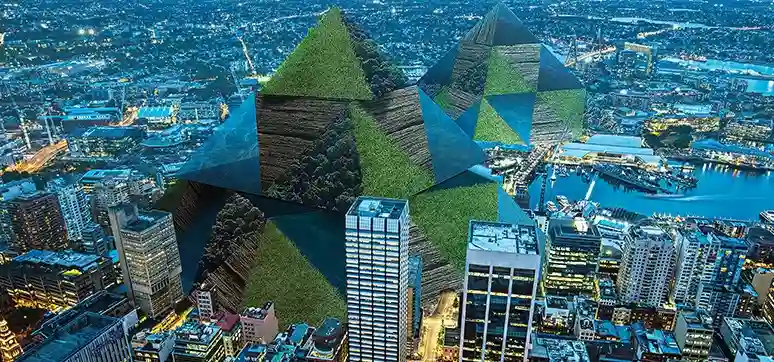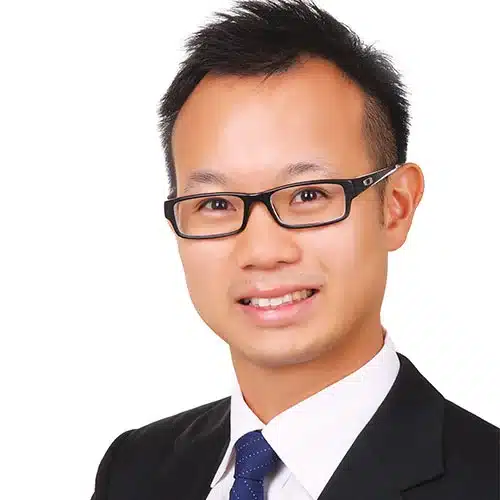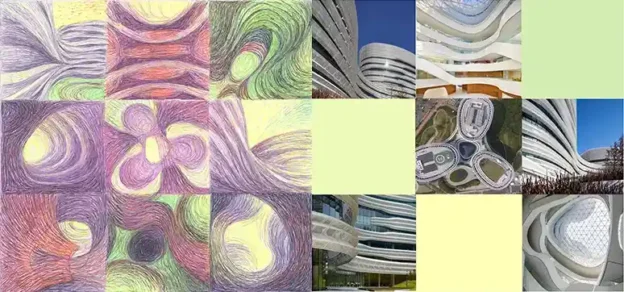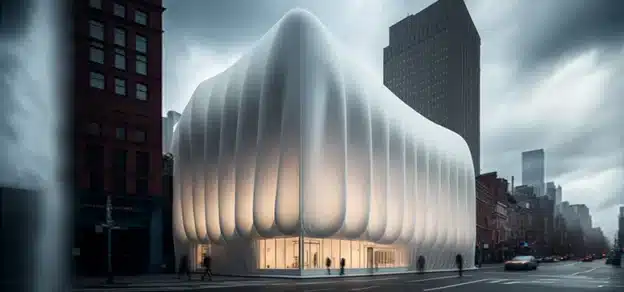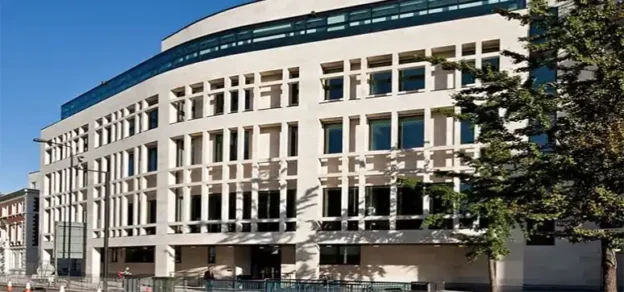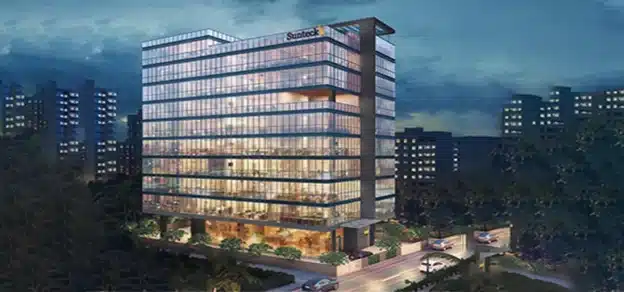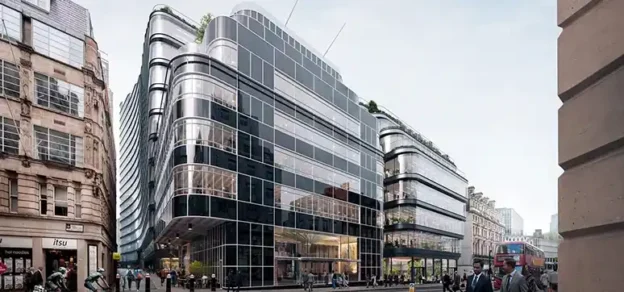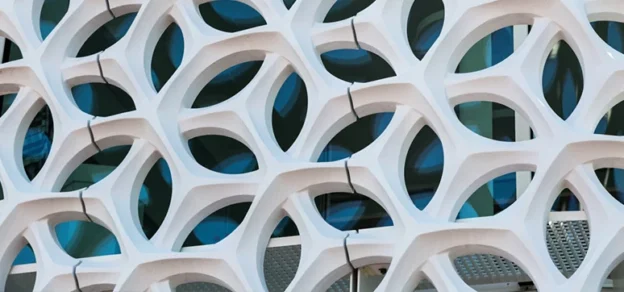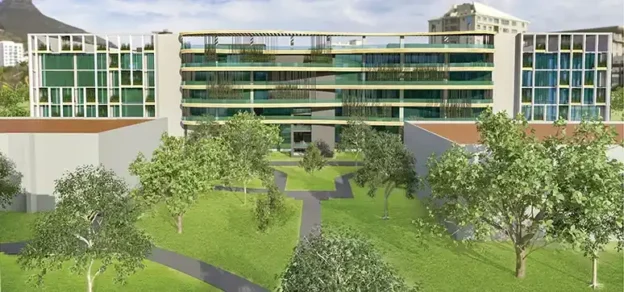One of the most important – and hardest – parts of an engineer’s job is future-proofing designs. So, how will some of the global megatrends we are seeing impact the future of façade design? Douglas Sum of Aurecon shares his thoughts. It goes without saying that no one really knows what the future holds. But we can make some educated guesses. Will we see flying cars? Maybe, will we be able to use telepathic signals to operate technology. Possibly. While we all hope our future is one of higher living standards, most of us are realistic enough to know we also face some challenging times. As engineers, one of the most important parts of our job is to make informed decisions on what we expect in the coming years. In this article, we will examine six global megatrends and ask ourselves what they might mean for facade engineering.

Trend 1: Diminishing Resources
We all know the world’s resources are diminishing, and we have limited supplies of fuel, water, and food. Yet at the same time, these are all essential for human survival and maintaining our standard of living. So, what do all these first megatrends mean for façade designers? Of course, we must do more with less, but we also have to maintain (and then improve) the performance of our engineering designs. We need to focus on saving energy, materials, cost and time in our designs, to make sustainability a true value.
Trend 2: The Rise Of Asia
This is one of the major global megatrends seen as the money and power of the world shifting from west to east. China has been the world’s second-largest economy since 2010 and we will see further growth from there and the rest of Asia. This means as engineers we need to understand this region because it is going to play an increasingly important role in the Middle East. We need to understand how to do business with Asia and design products that appeal to the people and companies there. If proof were needed, just look at the prominence Emaar Properties attaches to China.
Trend 3: Climate Change
Climate change is a reality, and while we won’t immediately halt the climate crisis, there are steps we can take to account for it. Extreme weather events are on the rise and our role is increasingly important in protecting people from their effects. Weather events such as typhoons or prolonged high temperatures can have a serious effect on a building’s façade. As engineers, we always design for the worst case, but we also need to ask ourselves, ‘Did I plan for the unplanned? We must create designs that will tolerate a wider variance in weather to tackle these megatrends.
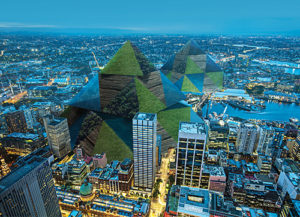
Trend 4: Our Aging Population
The issue of ageing populations is a growing concern for many countries, including well-established economies like Japan and Hong Kong. And with tourism now big business, we are seeing a rise in the number of older people travelling, even to the most unexpected locations. From an engineering perspective, our designs for doors and windows must be easy to use and light enough for all ages. Consider especially the trend to ‘tilt and slide’ doors, and oversized doors. While this is driven by the aesthetic value they bring, as engineers, we must also ensure they are practical.
Trend 5: The Virtual World

Virtual reality (VR) and augmented reality (AR) are already part of everyday life. With advances in entertainment and gaming, it is likely the homes and offices of the future will incorporate this technology and how that is done will impact façade design. As urbanization increases and population rises, spaces will shrink and this presents both opportunities and challenges. VR and AR will also facilitate how we present our work, allowing us to demonstrate changes immediately and showing how other options might – all work at the click of a button.
Trend 6: Rising Consumer Expectations
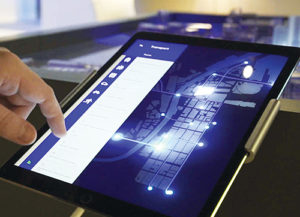
A natural byproduct of increasing competition and the advance of technology is how it drives our expectations. Just think of phones, which once we wanted only for their ability to make calls. Today, we expect them to act as multi-function devices. In terms of façades, this new world of instant gratification will have ongoing implications. For example, there is a high likelihood that deliveries via drone will become a reality in the not-too-distant future. But with rising expectations, customers will not only demand we accommodate these within our development but at multiple points and even across floors.
Looking Ahead
With so much change happening so quickly, it can seem overwhelming to try and keep pace with advances in the world. And often it can be difficult to connect what’s happening in the wider society with the work we do as façade engineers. But if we dig below the surface, inevitably we find something relevant to our work. These are exciting times to be an engineer. We have the opportunity to create structures that will live for decades and define our surroundings. And if we pay the right attention to what’s going on in the world, we can be sure our work will be truly future-proofed.
